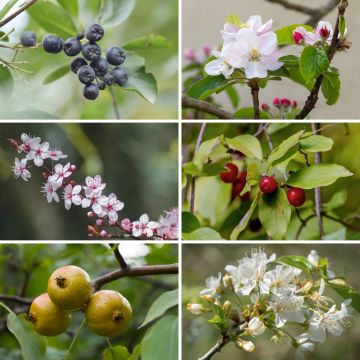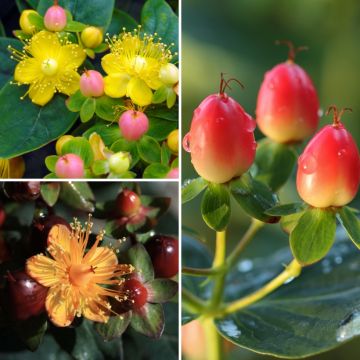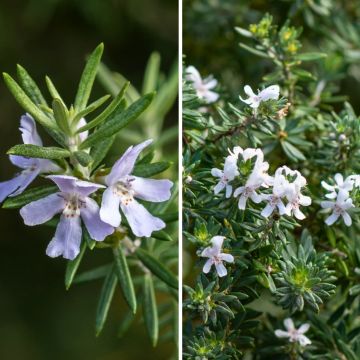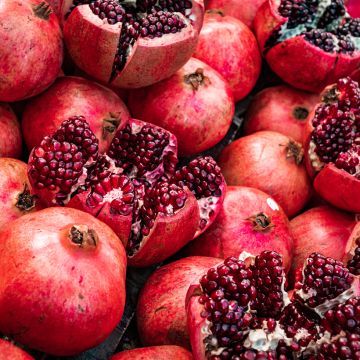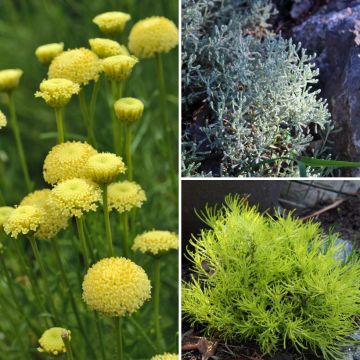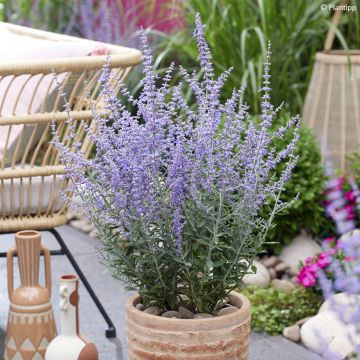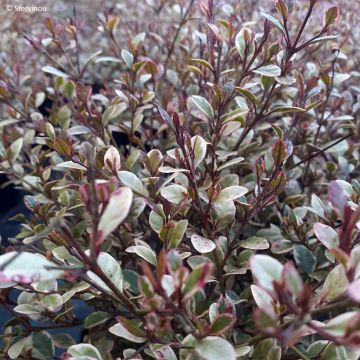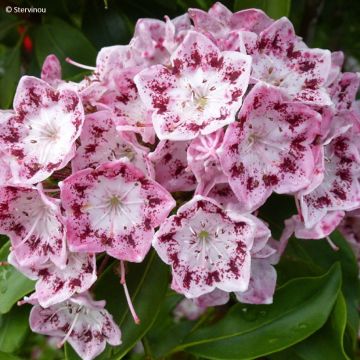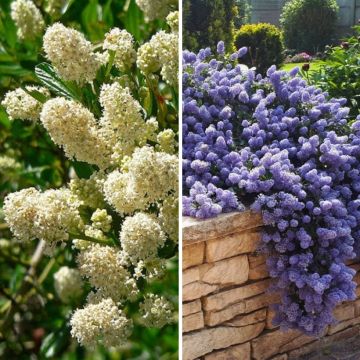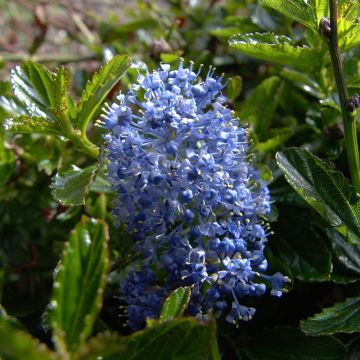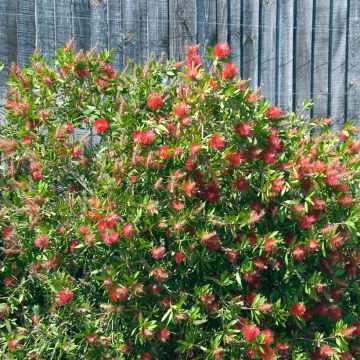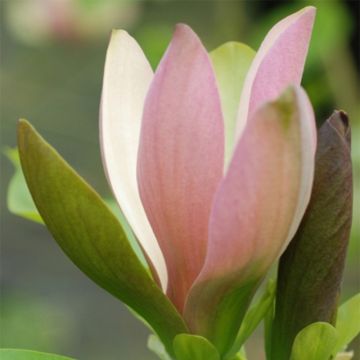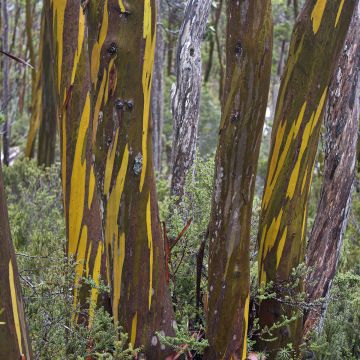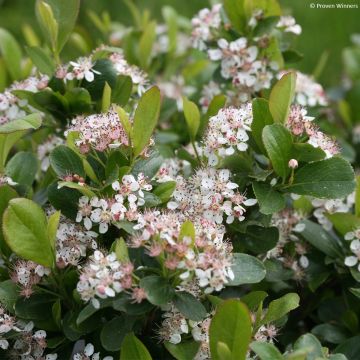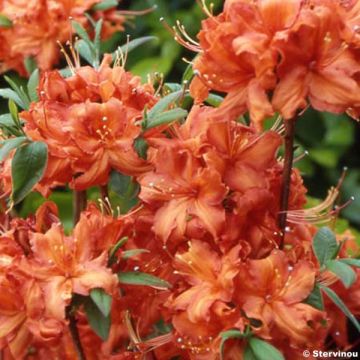

Phellodendron amurense
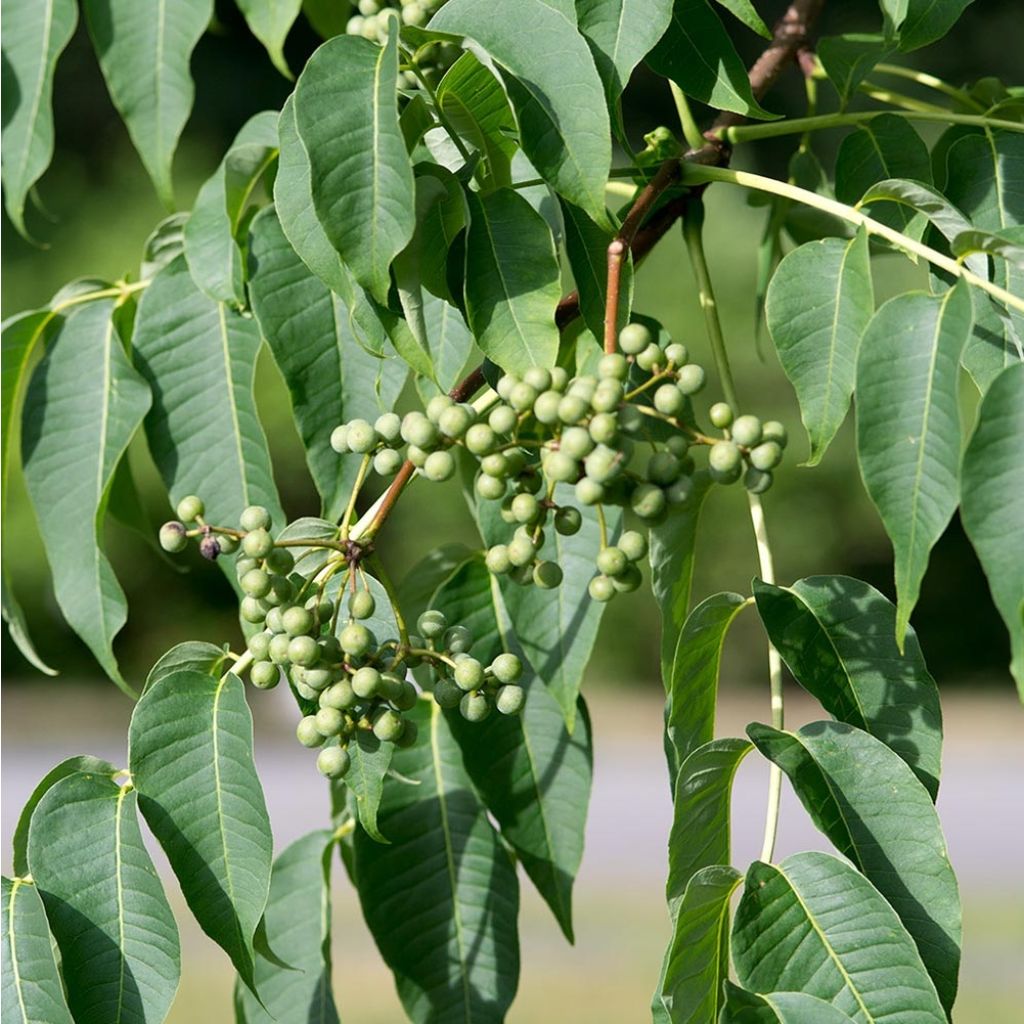

Phellodendron amurense
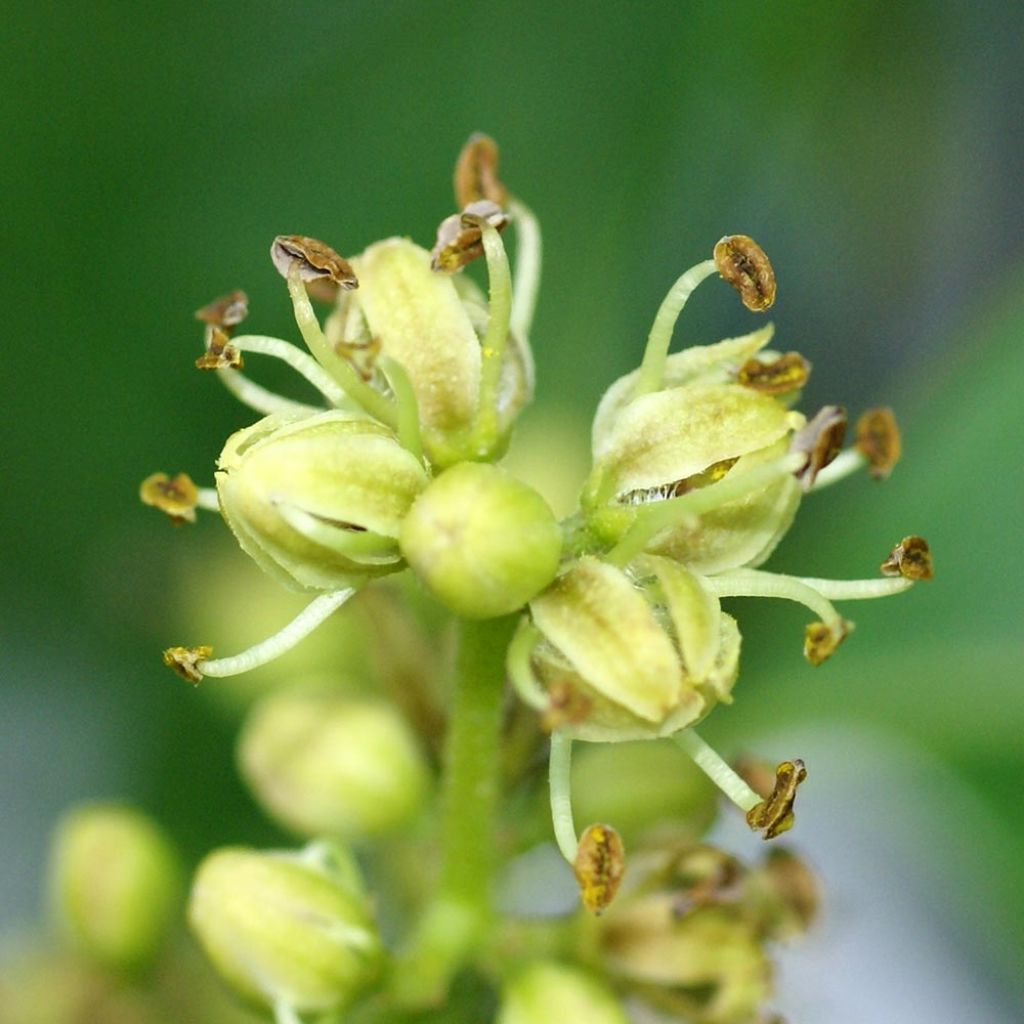

Phellodendron amurense
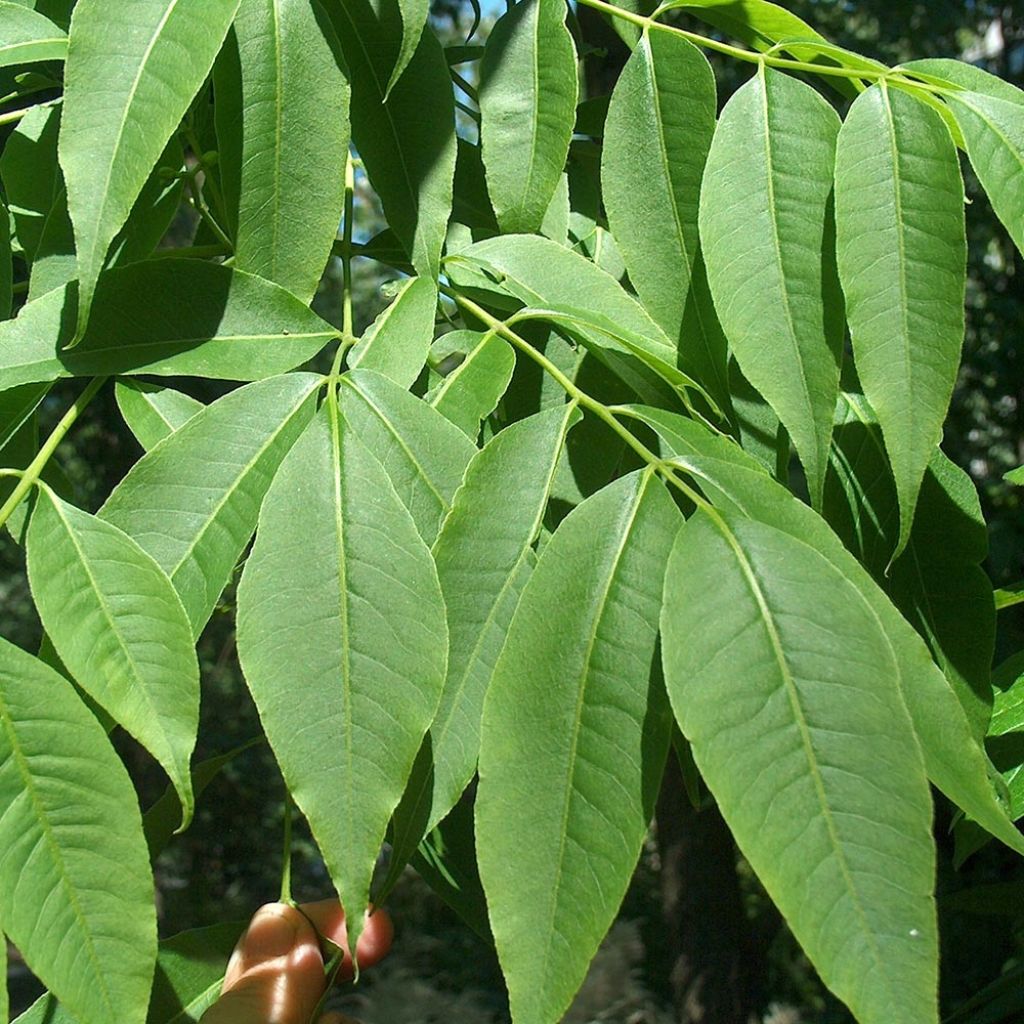

Phellodendron amurense
Phellodendron amurense
Phellodendron amurense
Amur Cork Tree, Amur Corktree
Special offer!
Receive a €20 voucher for any order over €90 (excluding delivery costs, credit notes, and plastic-free options)!
1- Add your favorite plants to your cart.
2- Once you have reached €90, confirm your order (you can even choose the delivery date!).
3- As soon as your order is shipped, you will receive an email containing your voucher code, valid for 3 months (90 days).
Your voucher is unique and can only be used once, for any order with a minimum value of €20, excluding delivery costs.
Can be combined with other current offers, non-divisible and non-refundable.
Why not try an alternative variety in stock?
View all →This plant carries a 24 months recovery warranty
More information
We guarantee the quality of our plants for a full growing cycle, and will replace at our expense any plant that fails to recover under normal climatic and planting conditions.
Would this plant suit my garden?
Set up your Plantfit profile →
Description
The Phellodendron amurense, or cork tree, is a species of tree native to northeastern Asia, primarily known for its thick and deeply marked cork bark. Its moderate size, spread-out silhouette, and moderately dense crown make it a very interesting choice for shading a large terrace or dominating a large lawn. In late summer, its broad compound leaves, similar to those of the ash tree, turn golden yellow, providing a bright and contrasting backdrop for its clusters of blue-black berries. Only the female trees produce fruits. Additionally, it is a tree that, in summer, is adorned with countless insignificant but highly melliferous small flowers, delighting bees. Very hardy and tolerant of full sun and summer drought, this tree appreciates rich, well-drained, moist to wet, neutral to limestone soils.
The Phellodendron amurense, also known as the cork tree, is a small tree or large bush native to northeastern Asia, particularly the banks of the Amur River, from which it takes its name. It belongs to the Rutaceae family, which includes shrubby or arborescent species that produce highly aromatic essential oils, such as citrus trees. In the cork tree, these oils are concentrated in the seeds, which can be used to produce an insect repellent substance similar to pyrethrum. In China, its bark is also cultivated for its medicinal properties.
The Phellodendron amurense is a small tree or large bush with a wide and spread-out habit. Its wide and short trunk divides into several large main branches and numerous secondary branches, arranged in a fan shape wider than it is tall. It grows rapidly, especially in cool and fertile soil, reaching a height of 12m (39ft) and a width of 15m (49ft) at maturity. Its ornamental cork bark is initially deeply undulated, yellow-brown, and then becomes very corky, striated, furrowed, and gray-brown when mature. The young shoots unfold into leaves that can reach a length of 40cm (16in), divided into 7 to 11 elliptical, pointed leaflets, arranged in pairs and dark green in colour. The leaves then turn golden yellow in autumn and fall relatively early in the season. When crushed, they emit an aromatic scent. The flowering occurs in May-June in the form of clusters of small yellow-green, insignificant flowers, which are followed by drupes initially light green and then blue-black, about 1cm (1in) in diameter, persisting on the tree until winter! These fruits, very sweet, are highly appreciated by wildlife, especially birds. This tree adapts to all rich and well-drained soils, even limestone and even wet! It is hardy throughout France and can withstand strongly exposed sunny locations and temporary droughts. The cork tree is a dioecious species, meaning that male and female flowers are present on separate individuals.
The Phellodendron amurense is a very beautiful tree, whose exotic appearance will be highlighted when planted alone in front of the house in a medium to large garden. Its small size, fan-shaped habit, and semi-open crown make it an excellent shade tree by a large terrace. It will express all its uniqueness as a shade tree or specimen.
Did you know:
The Phellodendron amurense can inhibit the growth and development of neighboring plants. Female trees bear fruits that contain many highly fertile seeds, which can remain dormant for several years before germinating and can be easily dispersed by birds. This tree also produces many suckers that need to be carefully removed every year. It is therefore a potentially invasive species, whose development and multiplication must be strictly controlled.
Report an error about the product description
Phellodendron amurense in pictures
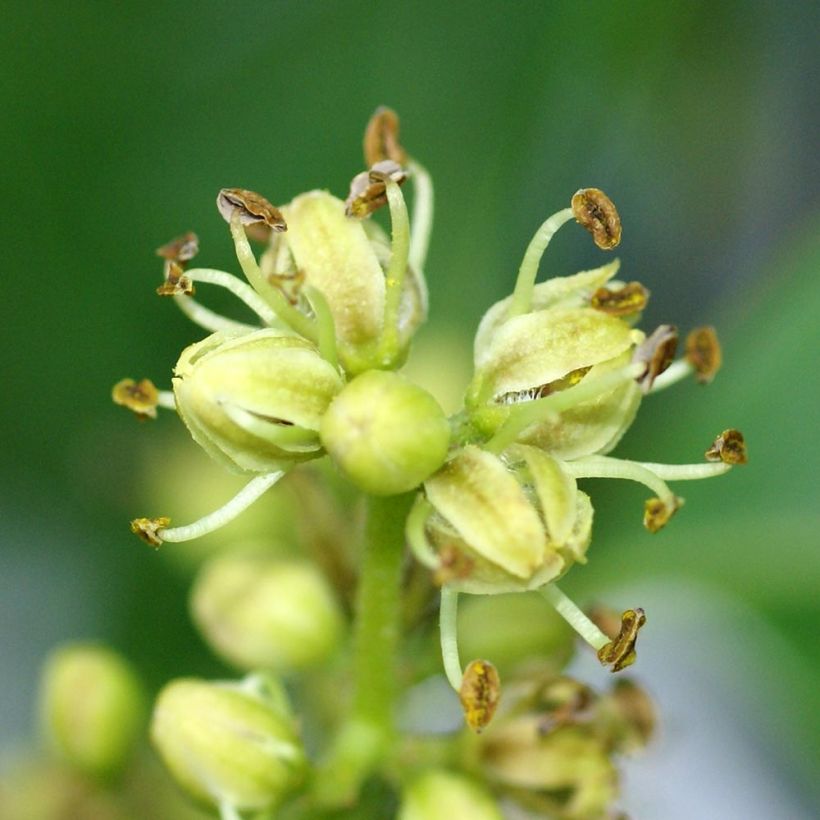

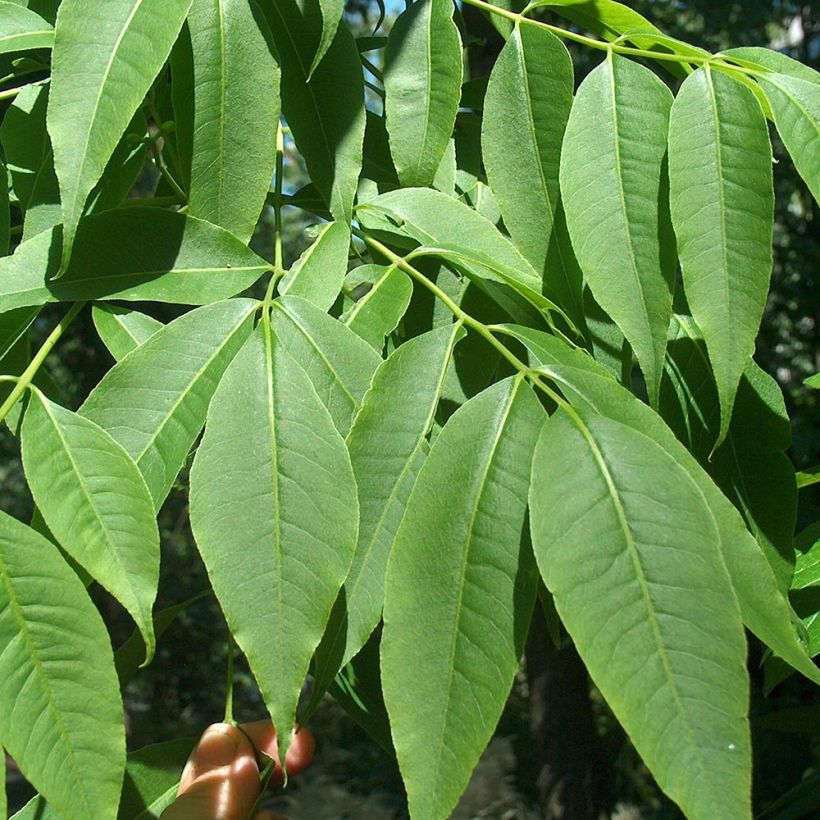

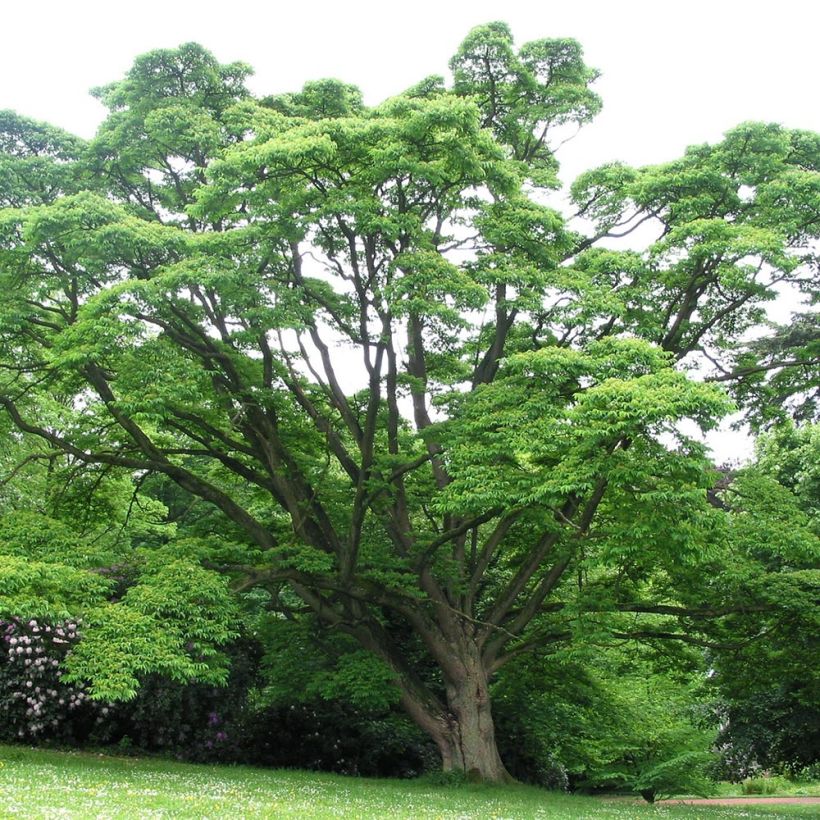

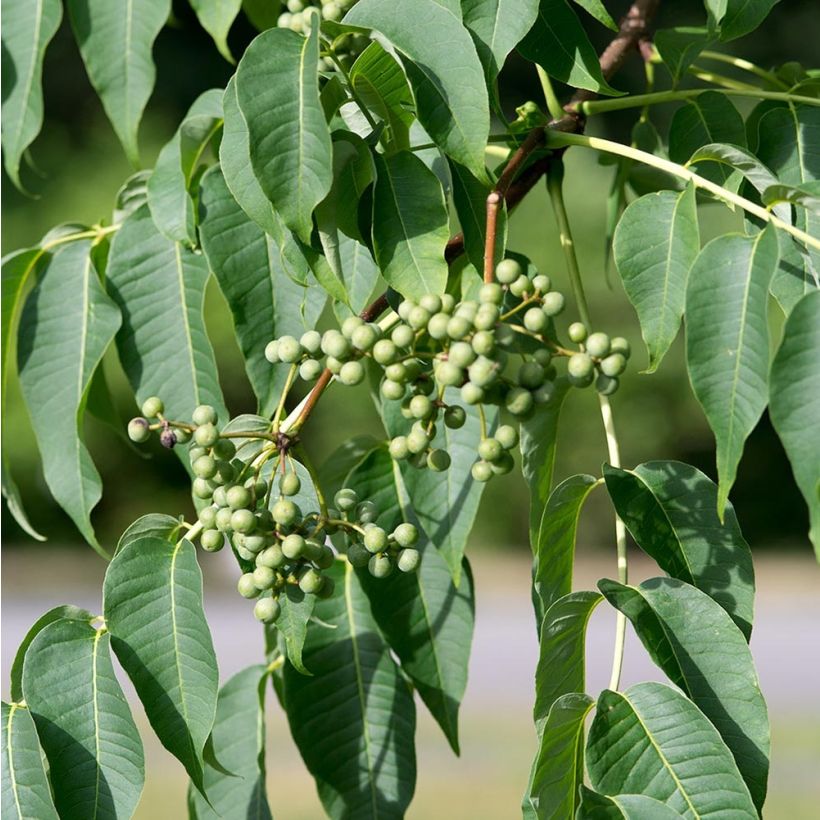

Plant habit
Flowering
Foliage
Botanical data
Phellodendron
amurense
Rutaceae
Amur Cork Tree, Amur Corktree
North Asia
Other Shrubs A to Z
View all →Planting and care
Plant the Phellodendron amurense in all rich, well-drained, moist to wet, neutral to limestone soils! Its preference is for sunny locations, in shallow and limestone soils. Otherwise, place it in a sunny or semi-shaded position. It withstands intense sunlight and temporary summer droughts very well. Very hardy, young plants are sensitive to frost and should be mulched during the first winters, while waiting for their establishment.
Planting period
Intended location
Care
This item has not been reviewed yet - be the first to leave a review about it.
Haven't found what you were looking for?
Hardiness is the lowest winter temperature a plant can endure without suffering serious damage or even dying. However, hardiness is affected by location (a sheltered area, such as a patio), protection (winter cover) and soil type (hardiness is improved by well-drained soil).

Photo Sharing Terms & Conditions
In order to encourage gardeners to interact and share their experiences, Promesse de fleurs offers various media enabling content to be uploaded onto its Site - in particular via the ‘Photo sharing’ module.
The User agrees to refrain from:
- Posting any content that is illegal, prejudicial, insulting, racist, inciteful to hatred, revisionist, contrary to public decency, that infringes on privacy or on the privacy rights of third parties, in particular the publicity rights of persons and goods, intellectual property rights, or the right to privacy.
- Submitting content on behalf of a third party;
- Impersonate the identity of a third party and/or publish any personal information about a third party;
In general, the User undertakes to refrain from any unethical behaviour.
All Content (in particular text, comments, files, images, photos, videos, creative works, etc.), which may be subject to property or intellectual property rights, image or other private rights, shall remain the property of the User, subject to the limited rights granted by the terms of the licence granted by Promesse de fleurs as stated below. Users are at liberty to publish or not to publish such Content on the Site, notably via the ‘Photo Sharing’ facility, and accept that this Content shall be made public and freely accessible, notably on the Internet.
Users further acknowledge, undertake to have ,and guarantee that they hold all necessary rights and permissions to publish such material on the Site, in particular with regard to the legislation in force pertaining to any privacy, property, intellectual property, image, or contractual rights, or rights of any other nature. By publishing such Content on the Site, Users acknowledge accepting full liability as publishers of the Content within the meaning of the law, and grant Promesse de fleurs, free of charge, an inclusive, worldwide licence for the said Content for the entire duration of its publication, including all reproduction, representation, up/downloading, displaying, performing, transmission, and storage rights.
Users also grant permission for their name to be linked to the Content and accept that this link may not always be made available.
By engaging in posting material, Users consent to their Content becoming automatically accessible on the Internet, in particular on other sites and/or blogs and/or web pages of the Promesse de fleurs site, including in particular social pages and the Promesse de fleurs catalogue.
Users may secure the removal of entrusted content free of charge by issuing a simple request via our contact form.
The flowering period indicated on our website applies to countries and regions located in USDA zone 8 (France, the United Kingdom, Ireland, the Netherlands, etc.)
It will vary according to where you live:
- In zones 9 to 10 (Italy, Spain, Greece, etc.), flowering will occur about 2 to 4 weeks earlier.
- In zones 6 to 7 (Germany, Poland, Slovenia, and lower mountainous regions), flowering will be delayed by 2 to 3 weeks.
- In zone 5 (Central Europe, Scandinavia), blooming will be delayed by 3 to 5 weeks.
In temperate climates, pruning of spring-flowering shrubs (forsythia, spireas, etc.) should be done just after flowering.
Pruning of summer-flowering shrubs (Indian Lilac, Perovskia, etc.) can be done in winter or spring.
In cold regions as well as with frost-sensitive plants, avoid pruning too early when severe frosts may still occur.
The planting period indicated on our website applies to countries and regions located in USDA zone 8 (France, United Kingdom, Ireland, Netherlands).
It will vary according to where you live:
- In Mediterranean zones (Marseille, Madrid, Milan, etc.), autumn and winter are the best planting periods.
- In continental zones (Strasbourg, Munich, Vienna, etc.), delay planting by 2 to 3 weeks in spring and bring it forward by 2 to 4 weeks in autumn.
- In mountainous regions (the Alps, Pyrenees, Carpathians, etc.), it is best to plant in late spring (May-June) or late summer (August-September).
The harvesting period indicated on our website applies to countries and regions in USDA zone 8 (France, England, Ireland, the Netherlands).
In colder areas (Scandinavia, Poland, Austria...) fruit and vegetable harvests are likely to be delayed by 3-4 weeks.
In warmer areas (Italy, Spain, Greece, etc.), harvesting will probably take place earlier, depending on weather conditions.
The sowing periods indicated on our website apply to countries and regions within USDA Zone 8 (France, UK, Ireland, Netherlands).
In colder areas (Scandinavia, Poland, Austria...), delay any outdoor sowing by 3-4 weeks, or sow under glass.
In warmer climes (Italy, Spain, Greece, etc.), bring outdoor sowing forward by a few weeks.































